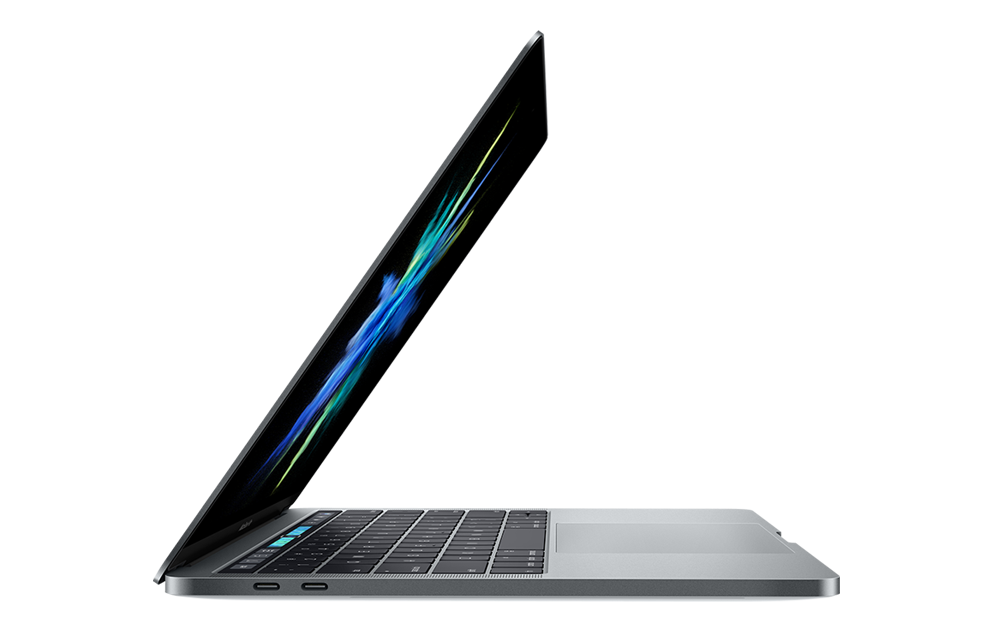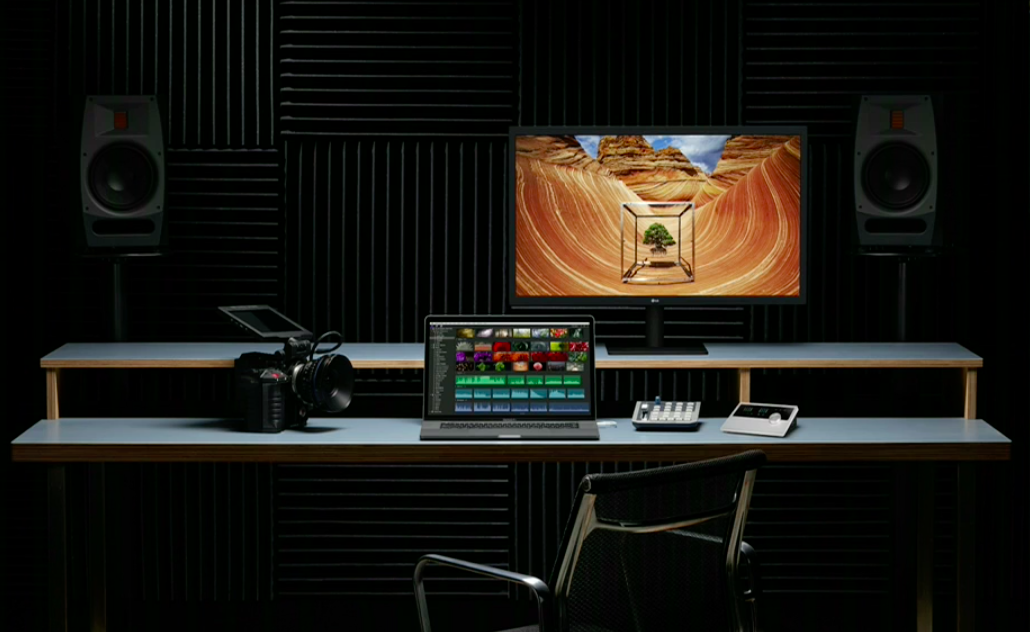
When Apple unveiled the new 15-inch MacBook Pro with Touch Bar in October, it surprised everyone by offering even the base model of the laptop with a dedicated AMD GPU. While the company has been previously criticised for not offering the 15-inch MacBook Pro with a dedicated GPU, the move to offer a dedicated GPU across all variants of the 15-inch Pro was an unusual one.
Turns out, as Ars Technica explains, Apple had to take this decision to ensure that all variants of the 15-inch MacBook Pro are able to drive two 5K monitors at the same time. The dedicated intel GPU on the Skylake chips only supports up to three display streams, with one of them being used by the internal Retina Display. Powering a 5K display would require two display streams since the DisplayPort v1.2 spec does not offer enough bandwidth to run such a high-resolution display. Apple gets around this shortcoming by merging two DisplayPort 1.2 streams into one. This essentially means that the Intel HD GPU inside the quad-core Skylake chips on the new 15-inch MacBook Pro could not have powered more than one 5K display at once.

In comparison, the AMD GPU used by Apple offers six display streams, which allows them to support up to two 5K monitors simultaneously. With one display stream being used for the internal display and four for powering two 5K monitors, the sixth and left over stream could still be possibly used to power an additional 4K monitor. Thus, Ars speculates that to avoid any confusion among customers, Apple went with a dedicated AMD GPU on all the 15-inch MacBook Pro models. This way, it could clearly separate the 13-inch and 15-inch MacBook Pro variants, with the former only capable of driving one 5K display and the latter capable of driving two of them simultaneously.
Apple will not have to employ such a workaround once DisplayPort 1.3 becomes mainstream since it provides enough bandwidth to push a single 5K monitor on one display stream itself.
The publication also explains why Apple went with AMD’s Polaris GPU instead of Nvidia’s Pascal GPU.
…Nvidia’s cards support a maximum of four displays. And while Nvidia’s GPUs support DisplayPort 1.3, the Thunderbolt 3 controller and most monitors only support 1.2.
Another reason is power consumption. The slowest mobile GPU from Nvidia, the GTX 1060, has an 85W TDP which is significantly higher than the 35W TDP of the AMD Pro GPUs that Apple has used inside the 15-inch MacBook Pro.
[Via Ars Technica]